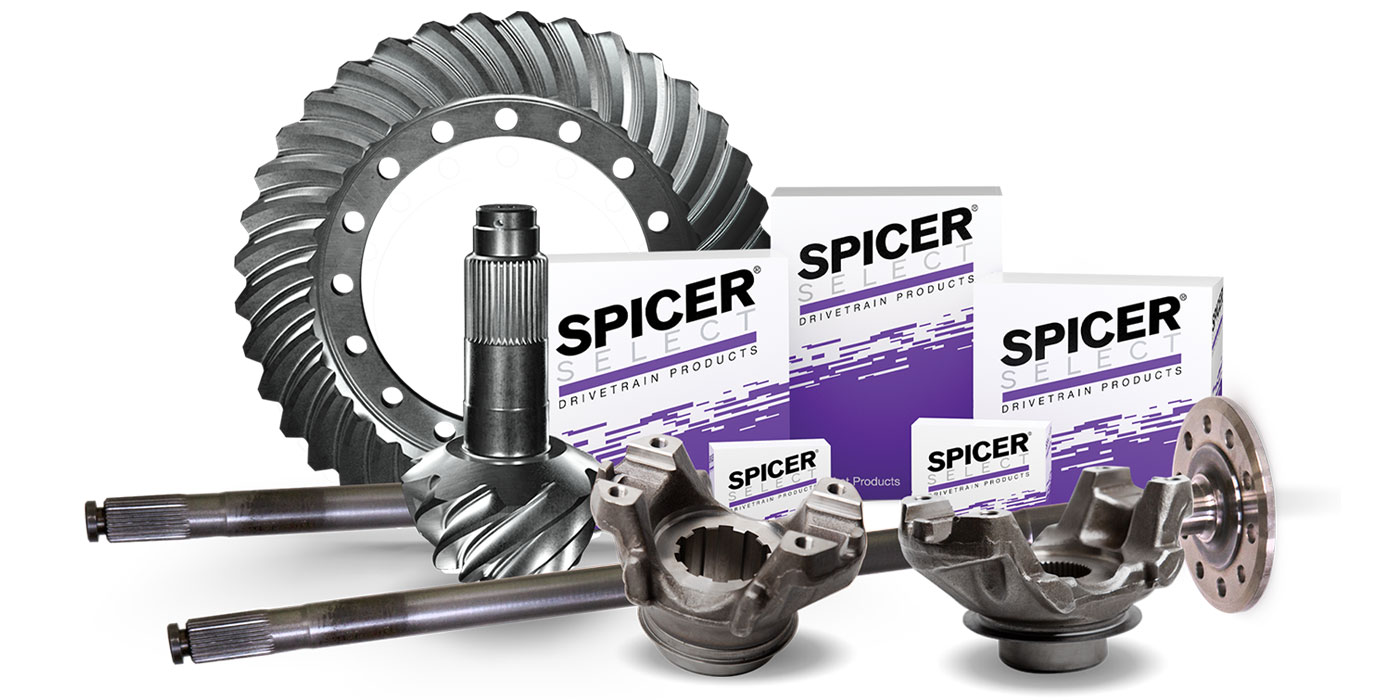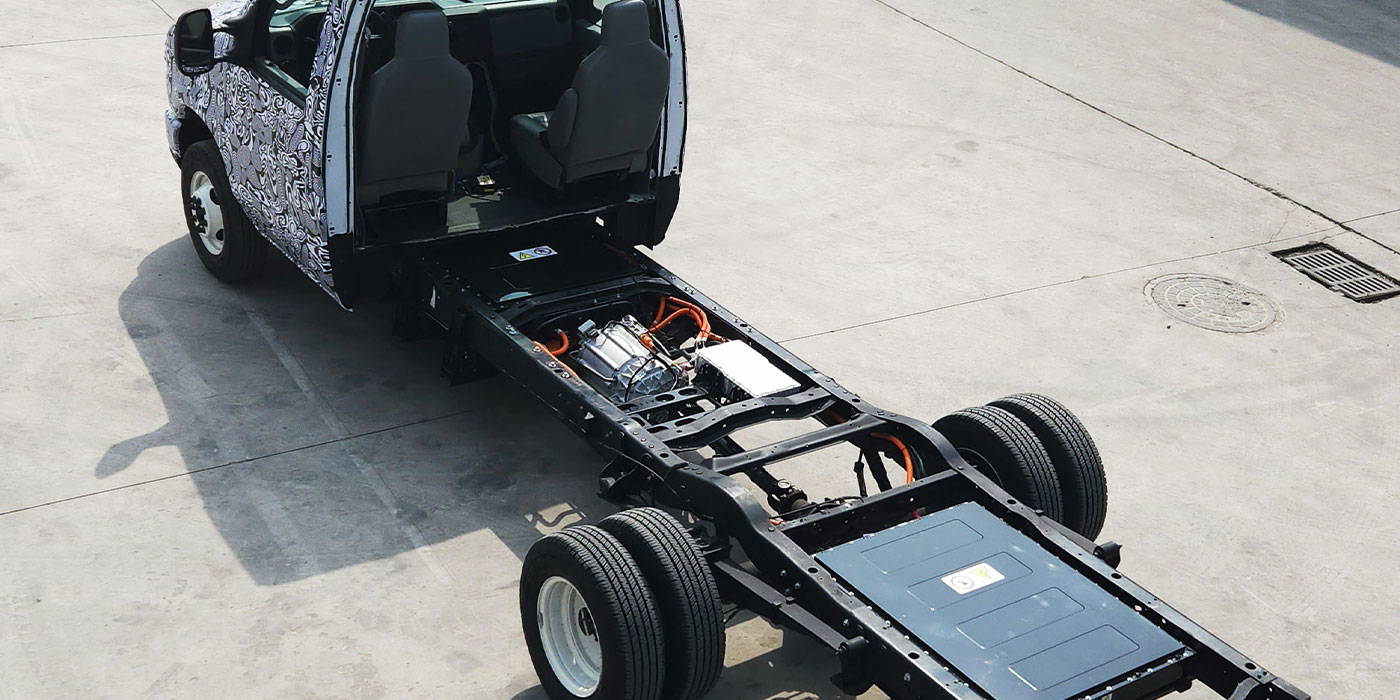For an increasing number of on-highway fleet operations, automatic and automated manual transmissions are becoming standard specifications. While providing an inherent safety benefit by helping eliminate the need for drivers to make fatigue-producing and distracting shifts, these gearboxes also are seen as a means of enhancing fuel efficiency.
“An automatic transmission can provide superior fuel efficiency during acceleration,” says Lou Gilbert, director of North American Marketing at Allison Transmission, the maker of commercial-duty automatic transmissions. “In an automatic transmission full-power shifts are a highly fuel-efficient way to put engine power to the ground. Manual transmissions must interrupt engine power every time a shift is made, which creates powertrain inefficiencies. Full power shifts with an automatic transmission can help consume proportionately less fuel.”
During cruising, Gilbert also notes, correct transmission gear ratios play a key role in achieving maximum fuel economy by keeping the engine operating in its recommended RPM range. In a fully automatic transmission, the torque converter allows internal ranges to be higher (lower numerically) than a comparable manual transmission, which can reduce engine RPM and fuel use at lower cruise speeds. At higher cruise speeds, the automatic’s overdrive ratios keep engine RPM in the optimum fuel economy range.
Controlling fuel economy
The driver controls engine torque with the accelerator pedal, points out Mark Boardman, applications engineering manager for Eaton Corp. and the Roadranger organization, which manufactures the UltraShift line of fully automated transmissions. However, he adds, it is the drivetrain specifications –– including the transmission’s overall gear ratio and step size –– that control at what speed the engine will operate under any given condition and what level of fuel economy can be achieved.
“The transmission overall gear ratio range needs to be selected to provide the level of startability required for the application while also providing the top-end gear ratio for cruise-speed operation,” Boardman explains. “The number of gears and step size is selected to keep the engine operating in its area of best fuel efficiency. To get the best MPG performance, engines with narrow fuel islands require smaller step size transmissions with more gears. Engines with wider fuel islands can use larger step transmissions with fewer gears.
“Transmission automation is being used by many fleets in an effort to make the job of driving a truck not only easier and safer, but also more fuel efficient,” Boardman continues. “The design of an automated manual transmission combines the fuel efficiency of a manual transmission with the precision of automated shifting.”
Test results
“Since shifts are optimally performed by an automated manual, these types of transmissions can benefit more shift-intensive fleet operations,” relates Charles Allen, director, Global Service at ArvinMeritor, which sells and services the ZF-FreedomLine fully automated transmission under an exclusive North American marketing agreement. “Test data indicate that greater fuel economy can be derived from use of automated manuals. As an automated manual supplier, we feel the transmission can and does benefit all types of carriers.”
In SAE J1321 Type II testing, according to the manufacturer, the ZF-FreedomLine used 3% less fuel than a manual transmission. In addition, a large fleet test of the FreedomLine indicated the same level of improved fuel economy for the two-pedal, fully automated transmission compared to a manual gearbox.
Recent testing commissioned by Allison at the Transportation Research Center (TRC), an independent, third party test facility in Ohio, assessed the transmission’s impact on engine RPM and fuel consumption at various cruise speeds in medium-duty trucks. Provided for the evaluation were two vehicles, one equipped with an automatic and the other with an automated manual transmission. Identical in all other respects, both vehicles had a 70 MPH cruise speed of 2,180 RPM.
Test results for this specific medium-duty application, according to Allison, revealed that by achieving a higher average speed, the automatics used proportionally less fuel. Also, at cruise speeds below 40 MPH, the automatic produced significantly lower engine RPM and used less fuel. In higher ranges the two transmission types have nearly the same internal ratio, producing comparable engine RPM at higher cruise speeds and consuming comparable amounts of fuel.
Using guidelines
As always, notes Eaton’s Mark Boardman, specifying transmissions within a component supplier’s application guidelines is highly recommended to determine the best specification for each application. Transmission manufacturers also offer technical data that can help fleets optimize fuel consumption, and they universally recommend the use of engine manufacturer software to learn where a given engine’s “sweet spot” is, and to determine the most effective transmission specifications.
Personal assistance from transmission manufacturers is also readily available. “These experienced professionals,” says ArvinMeritor’s Charles Allen, “provide valuable counsel to fleet managers using current facts and data about the best and most efficient transmission specifications for each application. Take advantage of all the tools available to get the most efficiency out of your trucks.”




